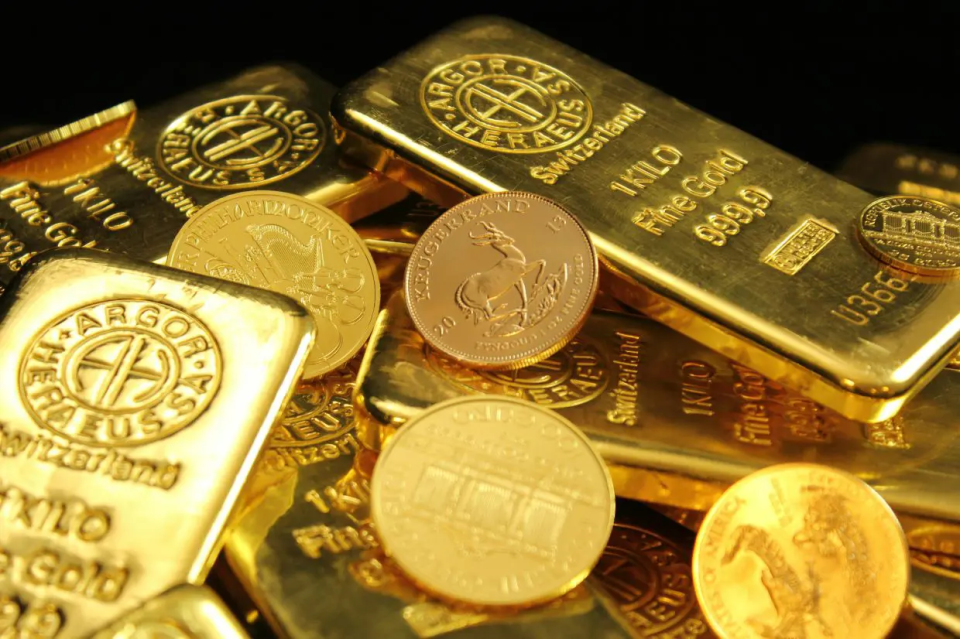Gold prices surged to unprecedented levels this week, breaching $3,262 per ounce in intraday trading as investors seek refuge from escalating U.S.-China trade tensions and a wavering U.S. dollar. The rally marks a 6% gain in just days, underscoring the metal’s renewed role as a financial safe harbor during geopolitical and economic uncertainty.
The latest leg of gold’s ascent follows U.S. President Donald Trump’s decision to raise tariffs on Chinese imports by 125% while temporarily easing tariffs on other nations, a move analysts describe as a “food fight” likely to worsen before improving. Despite a 90-day reprieve on broader tariffs, a baseline 10% levy remains, leaving markets on edge about future escalations. “Investors are sobering up to the reality that tariffs could return with a vengeance,” said Michael Bailey of FBB Capital Partners, highlighting concerns over prolonged trade disruptions.
This policy whiplash has rattled equity markets, with U.S. stocks retreating after brief gains, while gold’s appeal as a non-correlated asset strengthened. The metal’s climb accelerated as the dollar index (.DXY) dropped over 1%, making bullion cheaper for foreign buyers.
Gold’s rally faces potential headwinds from shifting expectations around Federal Reserve rate cuts. While traders initially priced in monetary easing, recent hawkish signals have tempered those bets. However, analysts like Dominic Schnider of UBS Global Wealth Management argue that eventual Fed intervention could provide “the next leg up for gold” by weakening the dollar further.
The metal’s performance has outpaced other precious metals, with silver, platinum, and palladium posting modest declines during the same period. This divergence underscores gold’s unique status during crises, as investors question the U.S. dollar’s dominance as the global reserve currency.
The rally in gold prices is being driven by a combination of factors, including the weakening U.S. dollar, which makes the metal more affordable for international buyers, alongside growing investor use of bullion as a hedge against equity market risks stemming from tariff-related volatility, while central banks and institutions are increasingly diversifying their currency exposure by boosting gold reserves to reduce reliance on the dollar.
While bullish momentum remains strong, analysts caution that sudden trade resolutions or a resurgent dollar could pressure prices. “Any agreements between the U.S. and trading partners might deflate gold’s rally,” noted Senior Analyst Os Tabour of Tradu.com. However, most experts see limited downside given the structural nature of current trade disputes and inflationary pressures from tariffs.
As gold consolidates above $3,200, market participants are watching COMEX futures (GC=F) and spot prices for signs of a pullback, or further gains if U.S.-China negotiations falter. For now, the metal’s trajectory hinges on macroeconomic data, Fed rhetoric, and the trajectory of Trump’s trade agenda.
The breach of $3,200 represents more than a technical milestone; it reflects deepening skepticism about policy stability and traditional financial safeguards. With no immediate resolution to trade tensions in sight, gold’s status as a crisis asset appears more entrenched than ever, a trend likely to persist until clearer economic leadership emerges.

